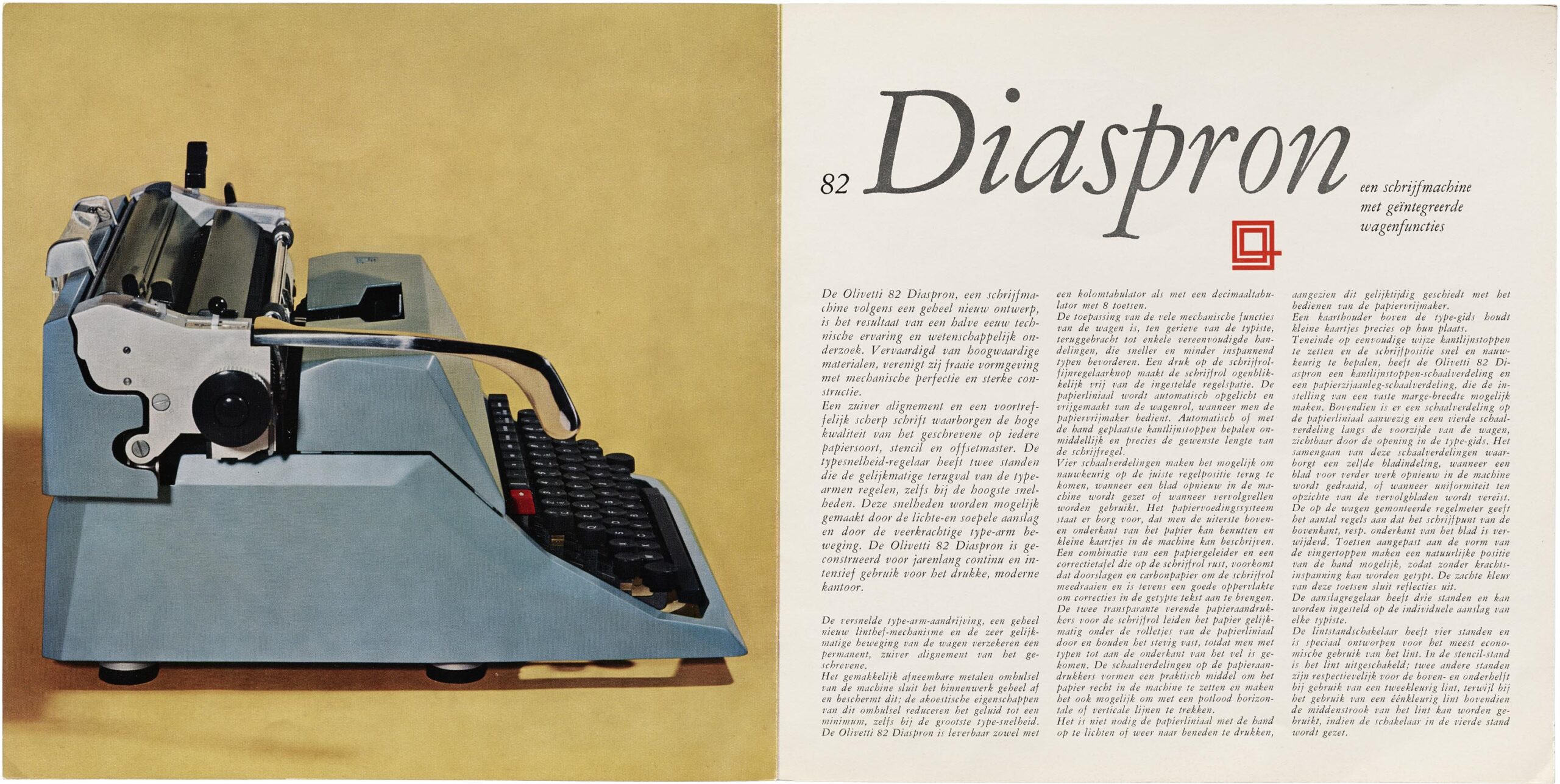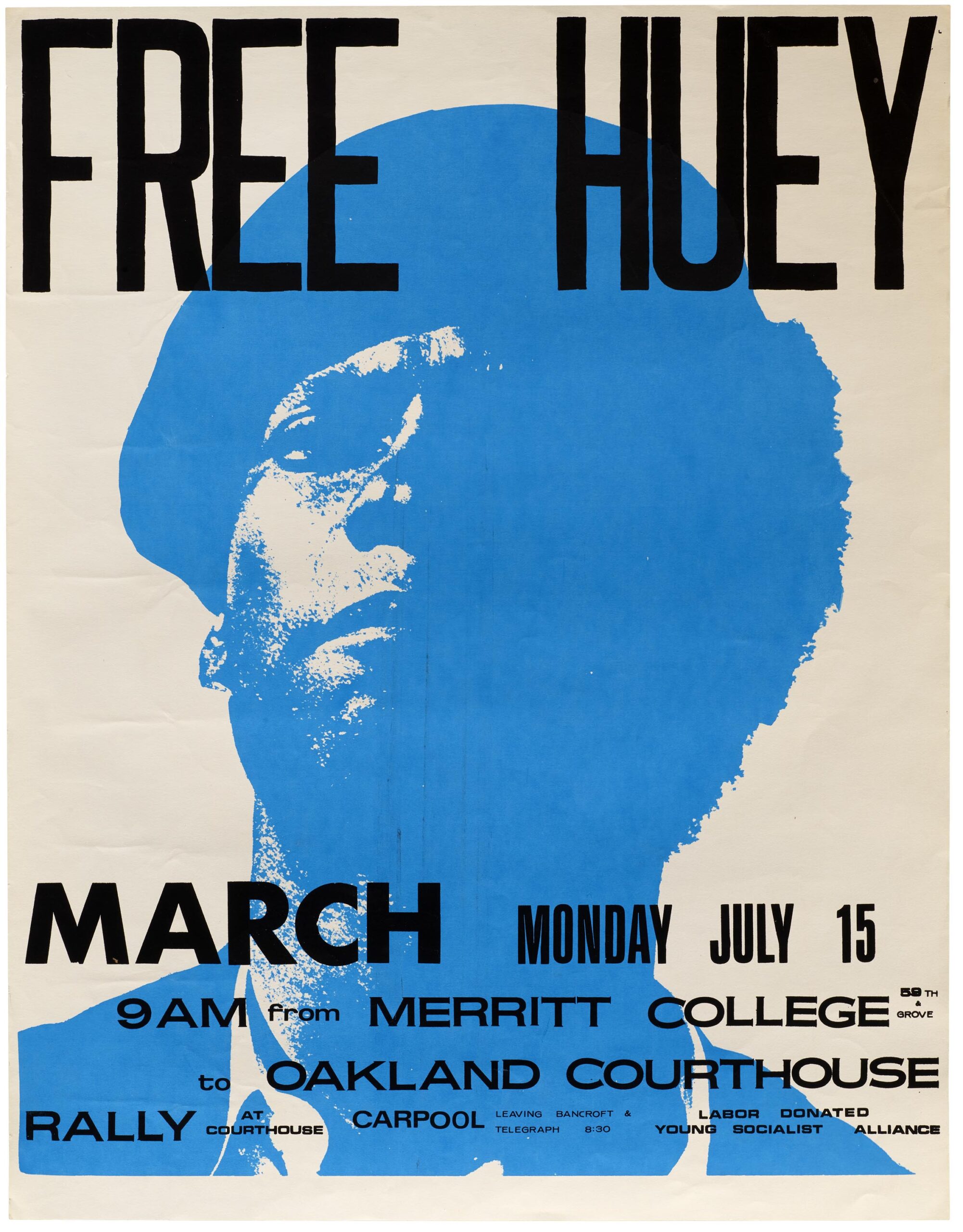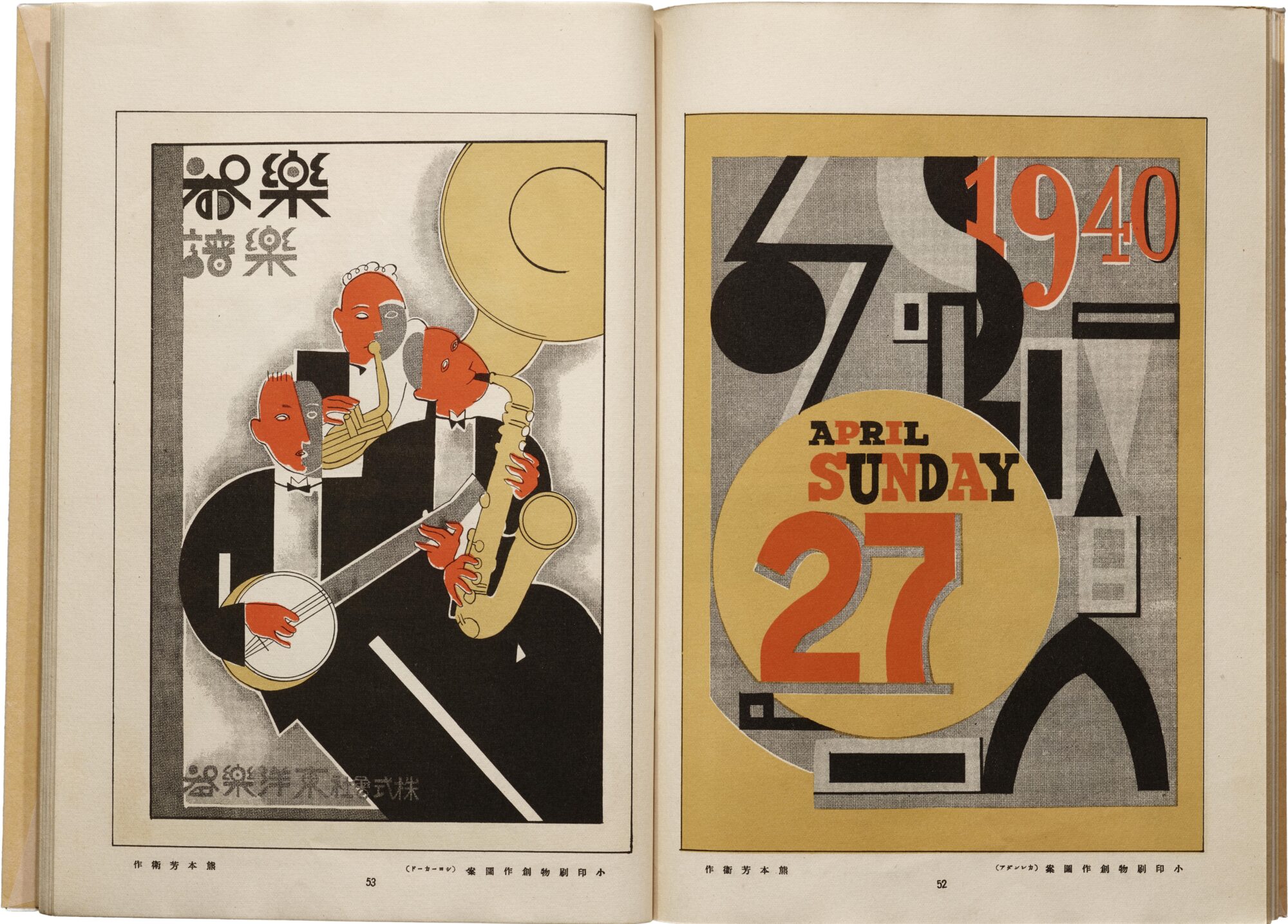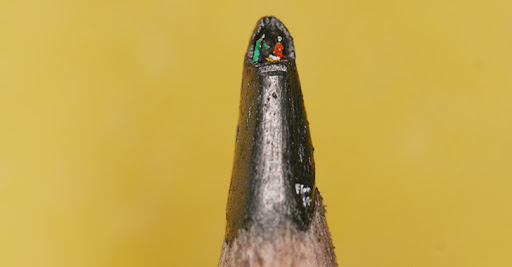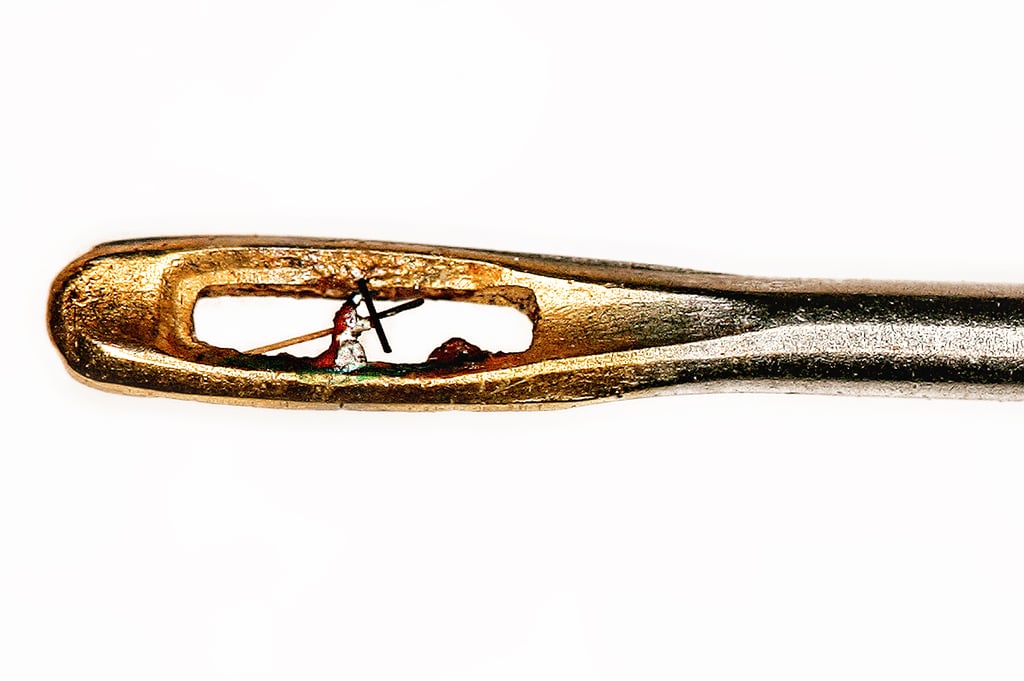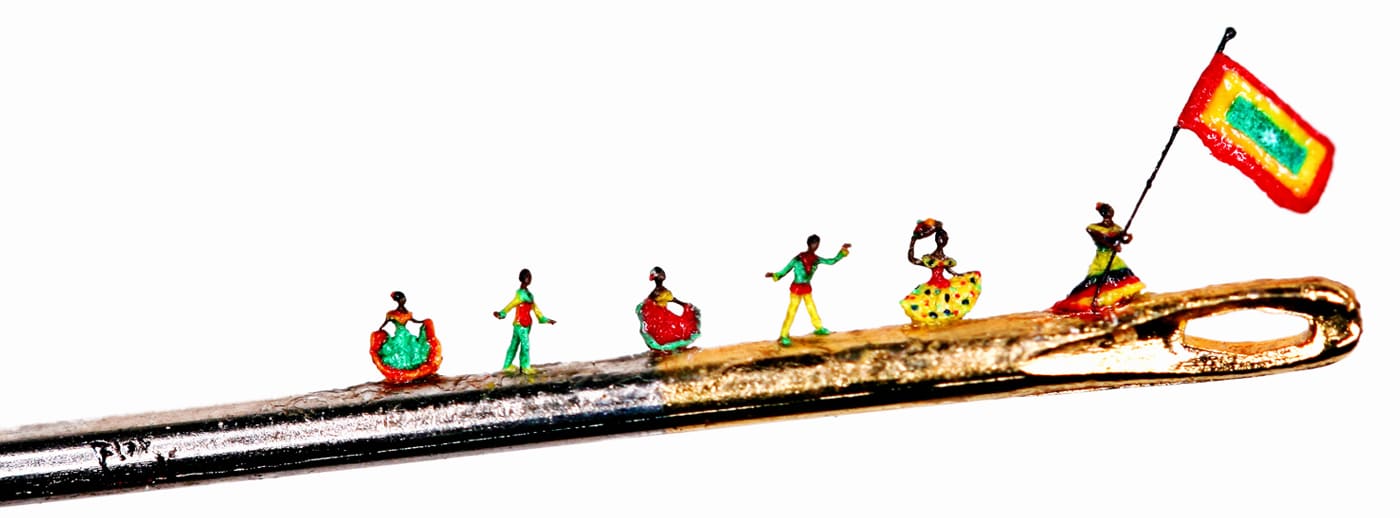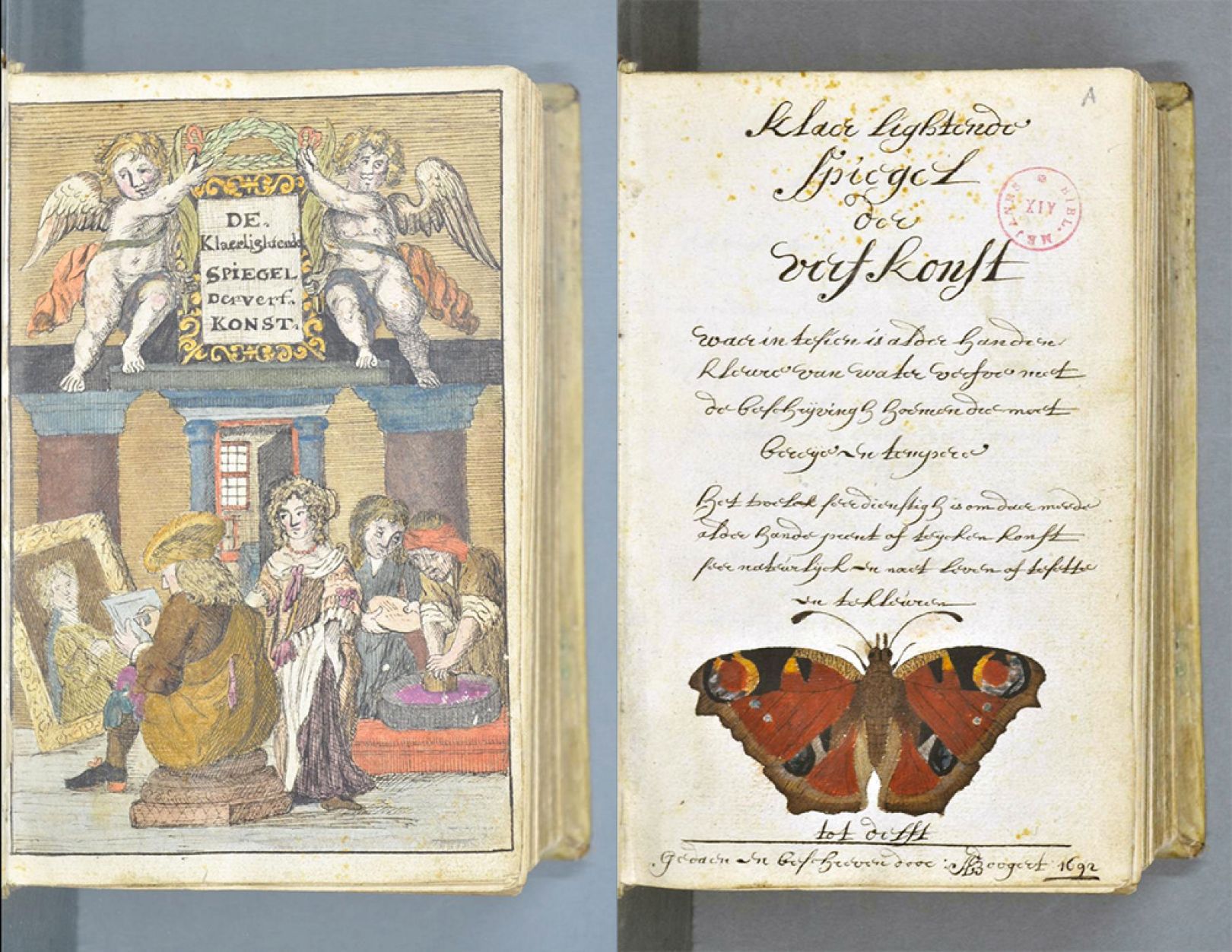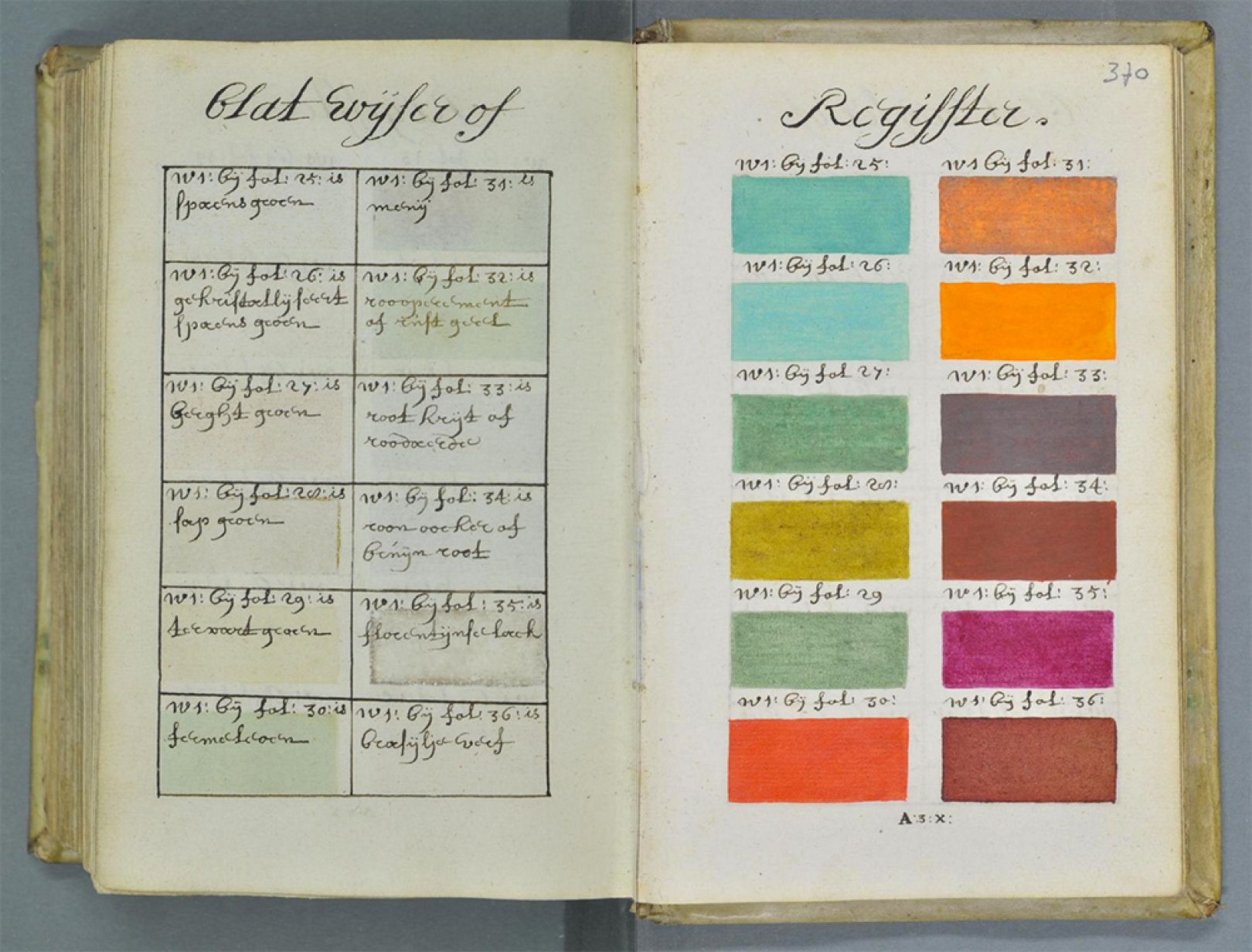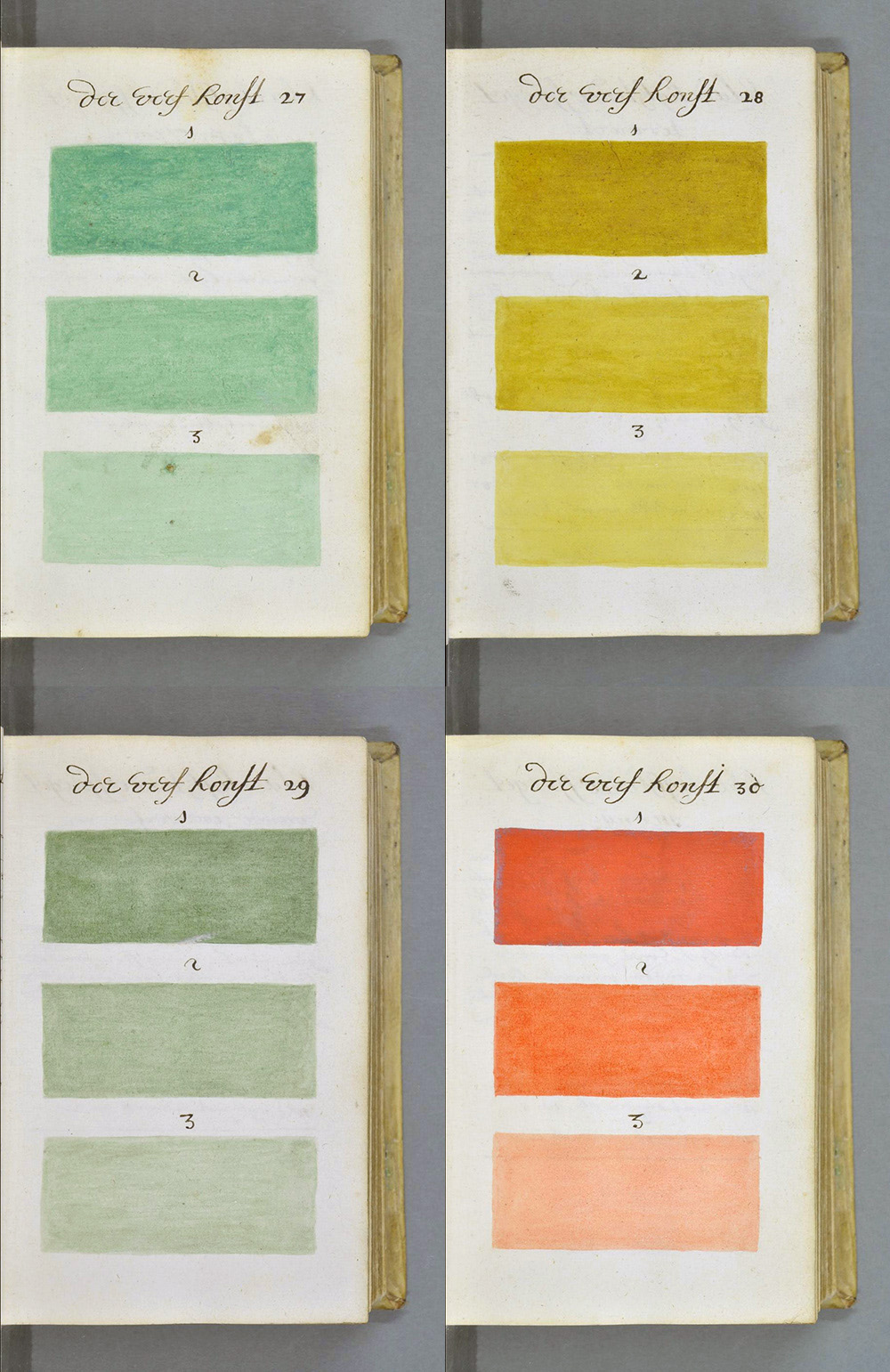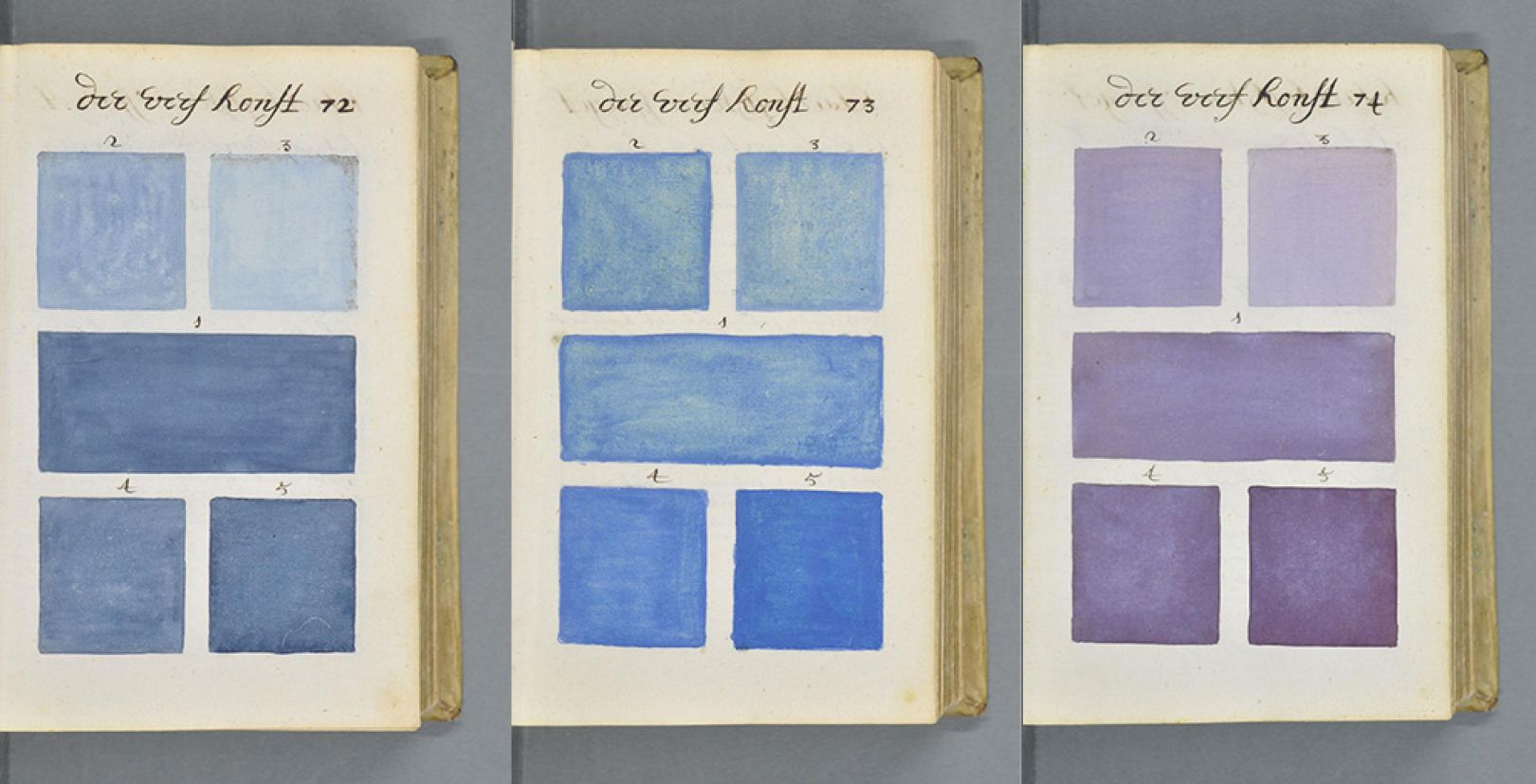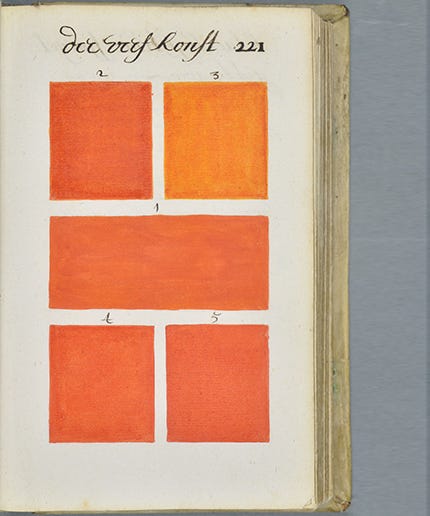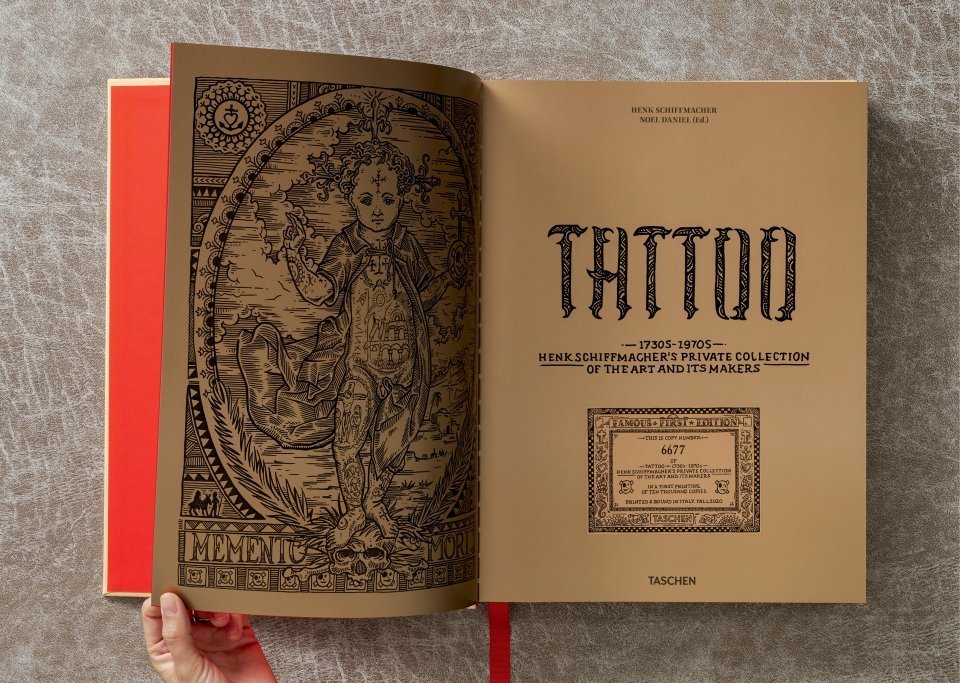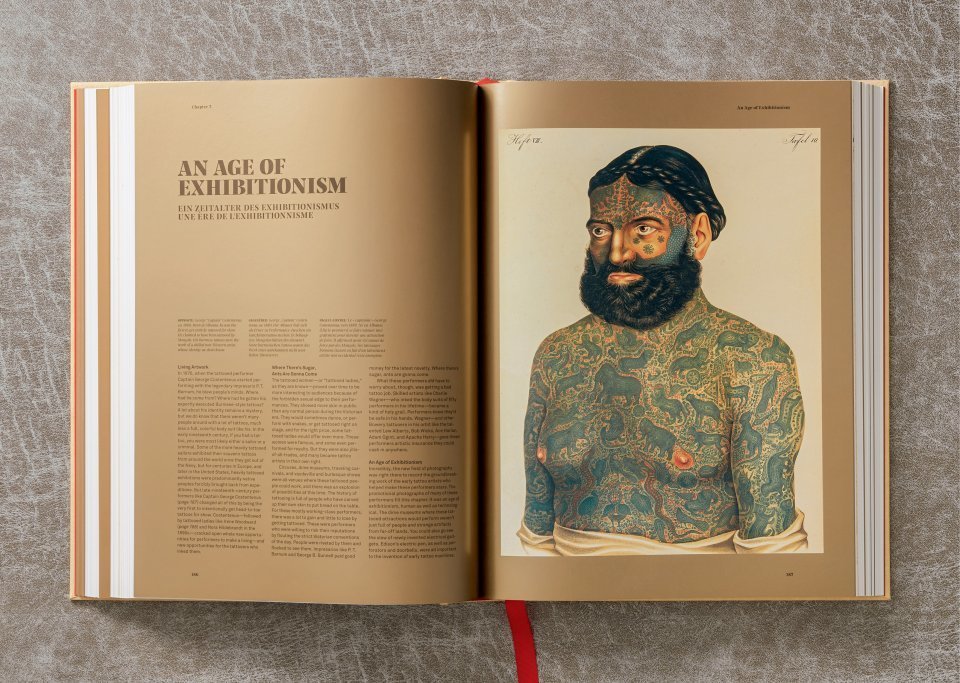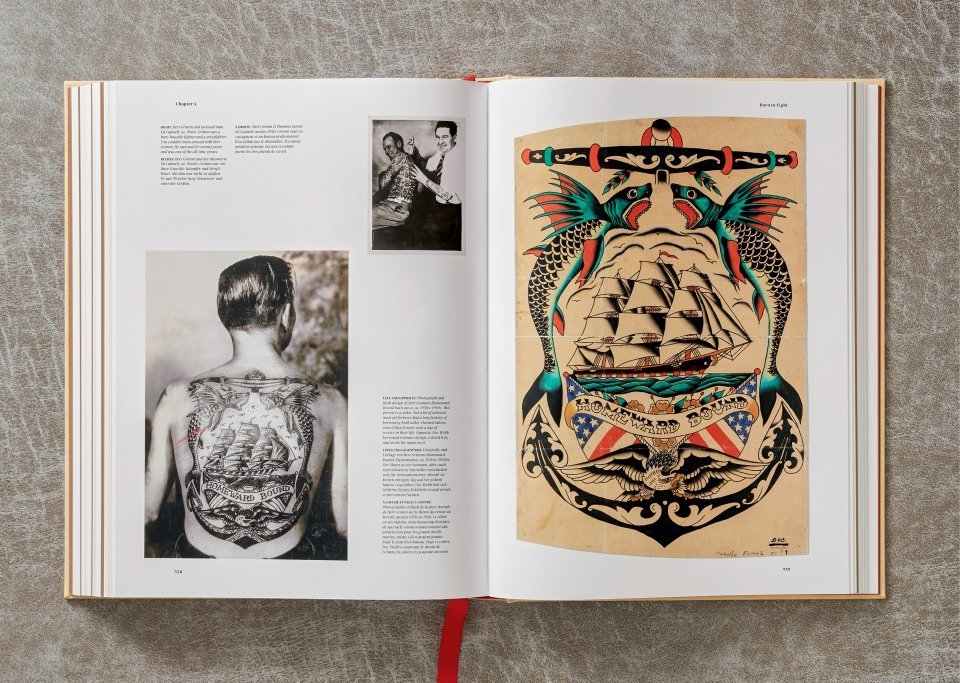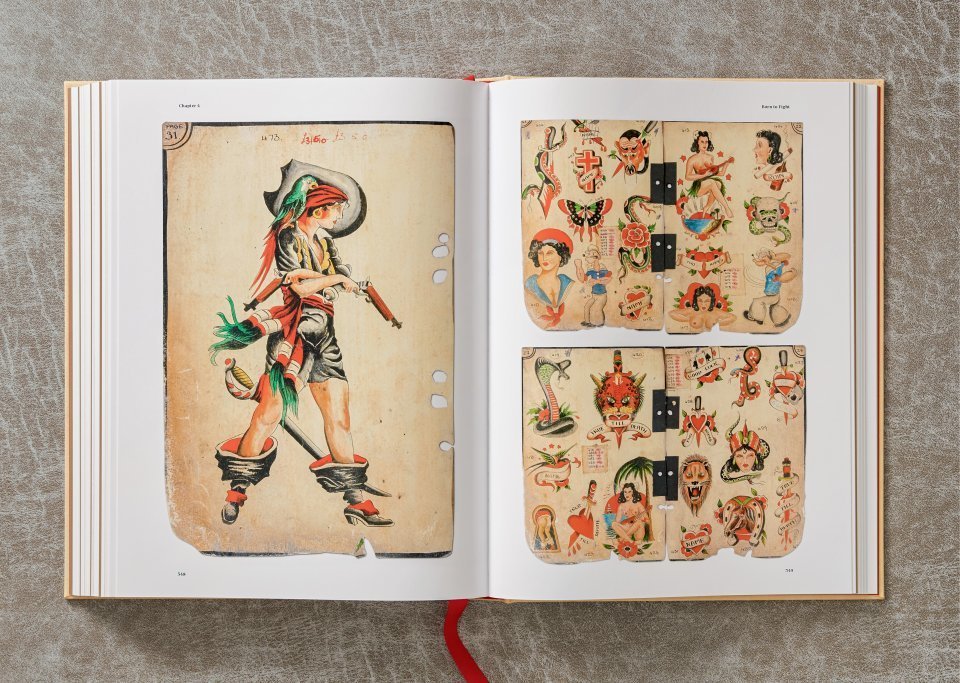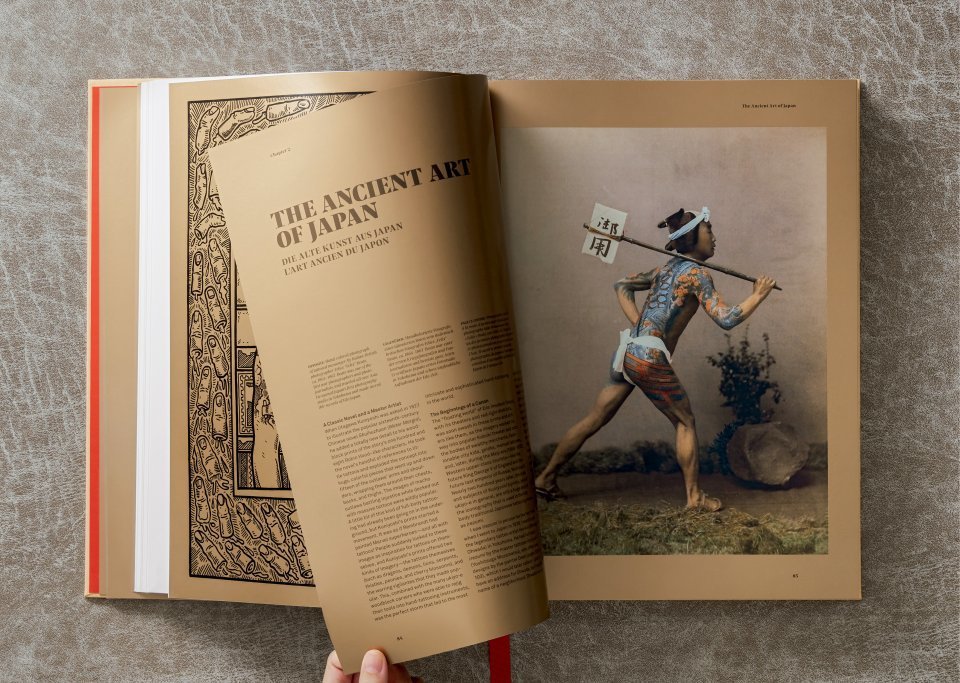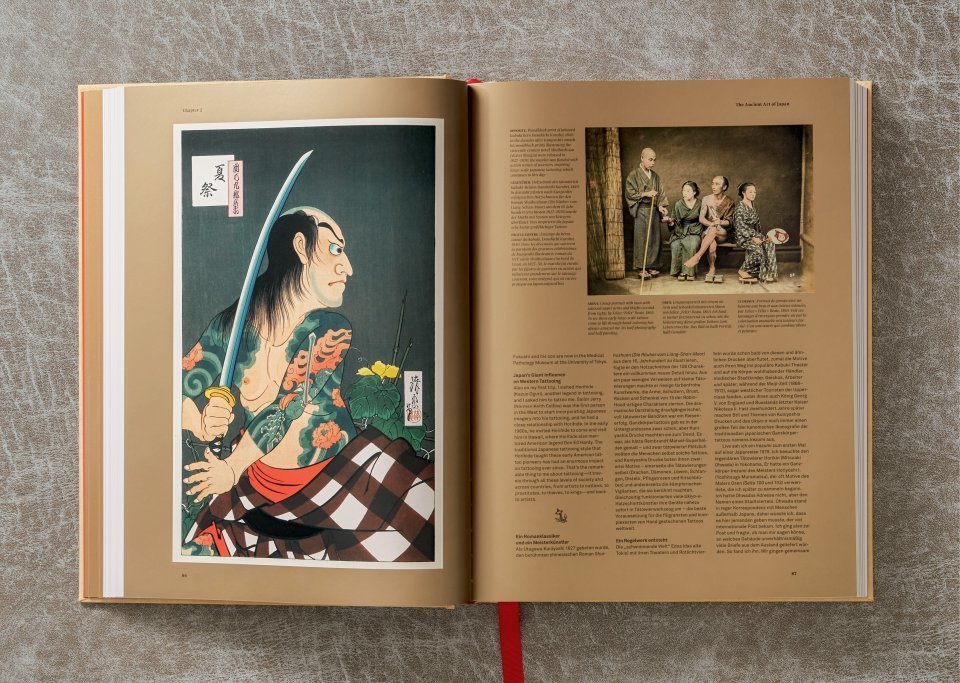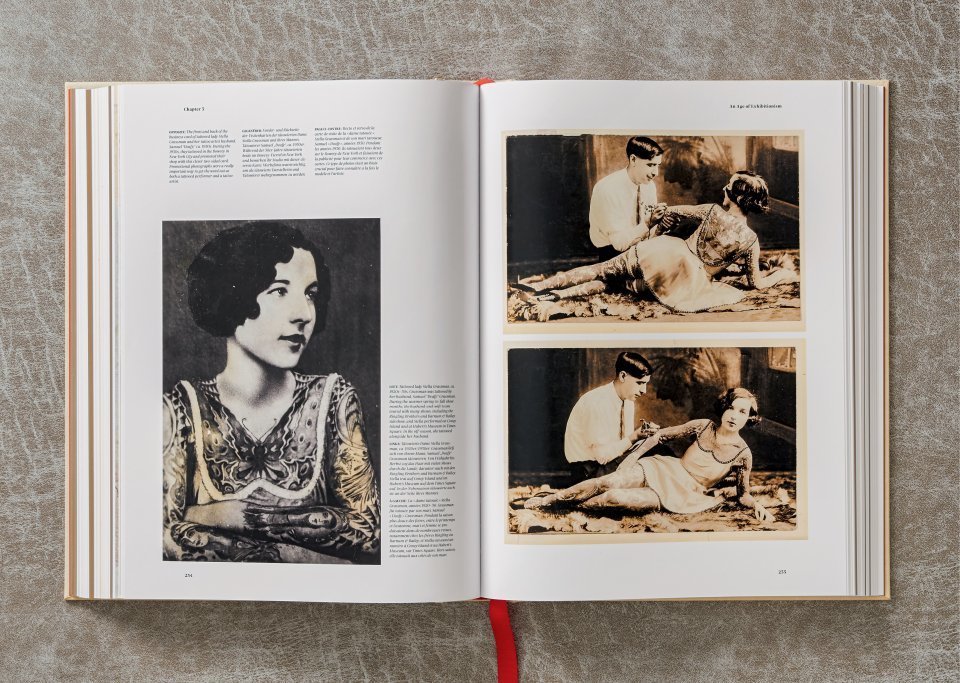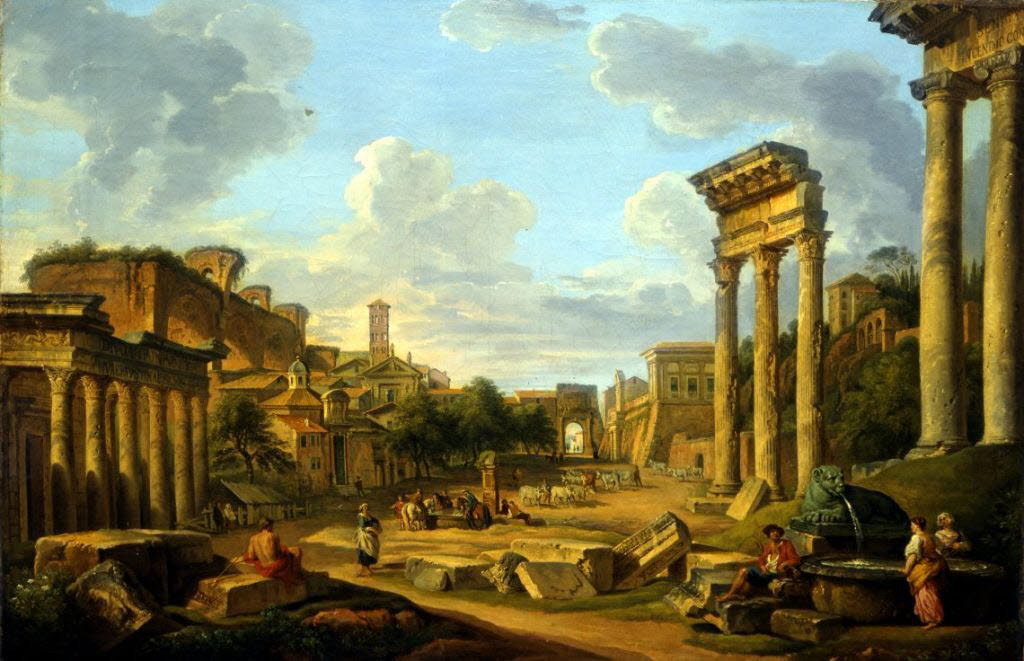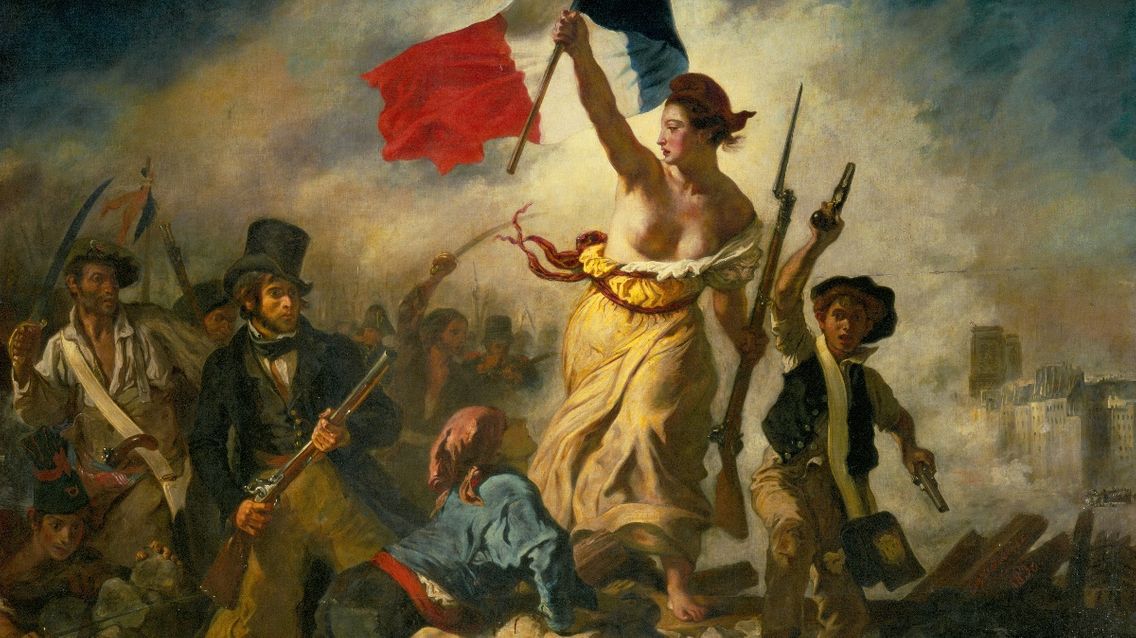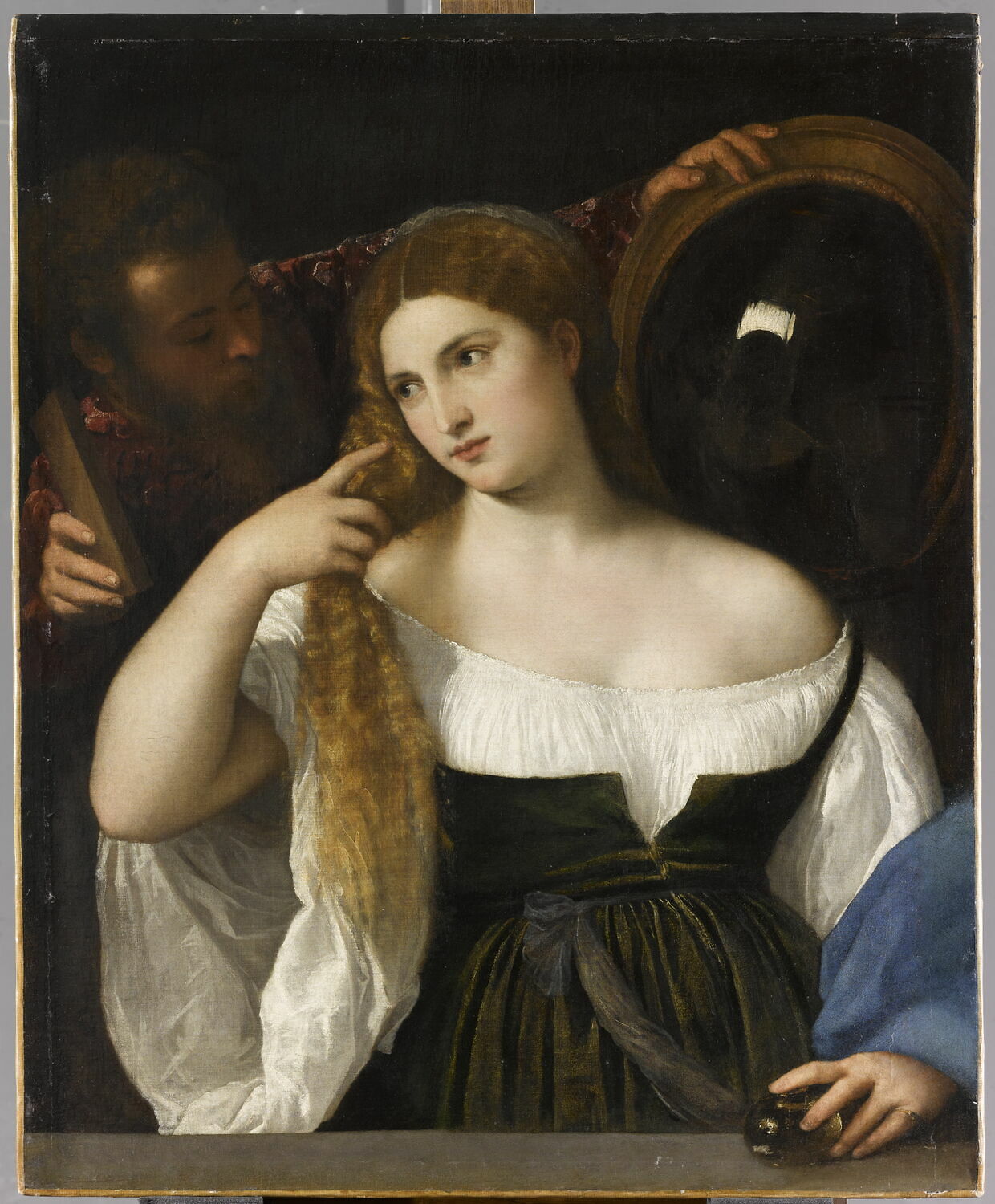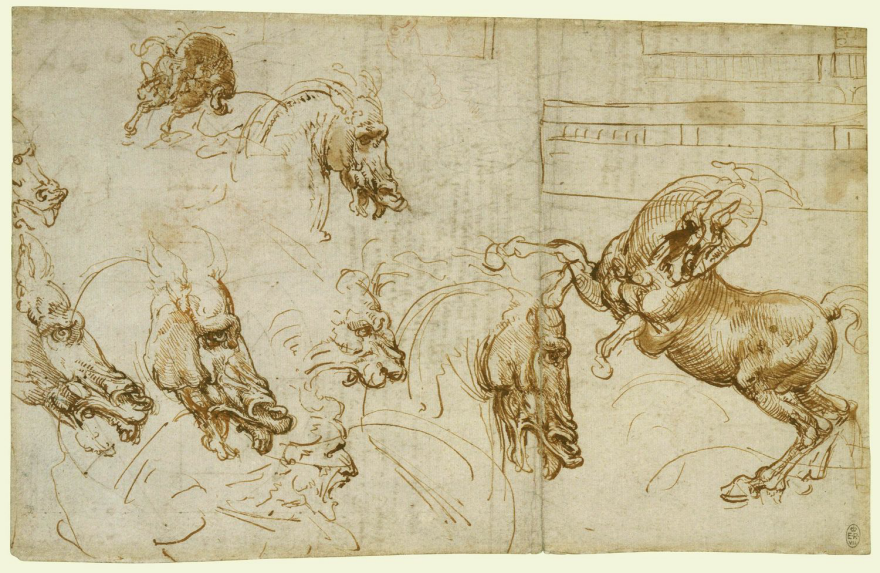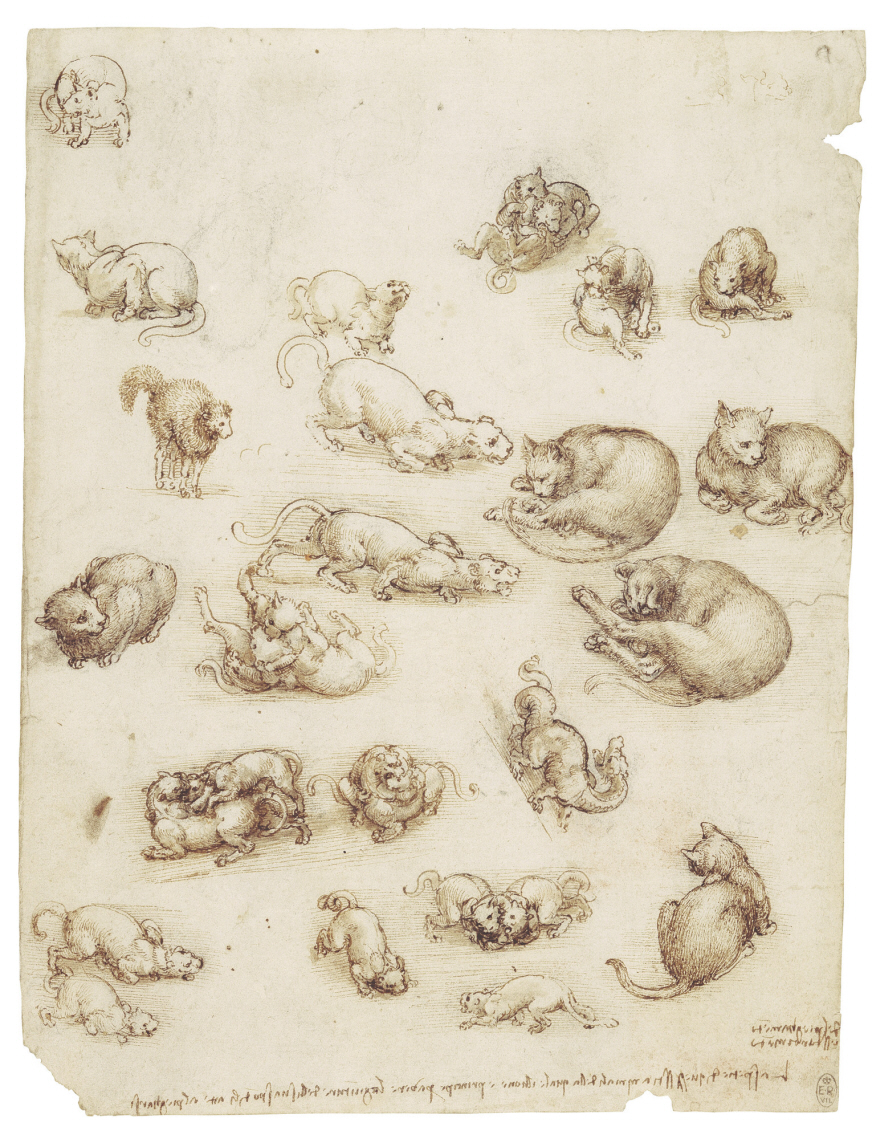Today we can appreciate Japanese woodblock prints from sizable online archives whenever we like, and even download them for ourselves. Before the internet, how many chances would we have had even to encounter such works of art in the course of life? Very few of us, certainly, would ever have beheld a Japanese printmaker at work, but here in the age of streaming video, we all can. In the Smithsonian video above, printmaker Keiji Shinohara demonstrates a suite of traditional techniques (and more specialized ones in a follow-up below) for creating ukiyo‑e, the “pictures of the floating world” whose style originally developed to capture Japanese life and landscapes of the 17th, 18th, and 19th centuries.
“So uh,” asks one commenter below this video of Shinohara at work, “anyone else come from unintentional ASMR?” That abbreviation, which stands for “autonomous sensory meridian response,” labels a genre of Youtube video that exploded in popularity in recent years.
Attempts have been made to define the underlying phenomenon scientifically, but suffice it to say that ASMR involves a set of distinctively pleasurable sounds that happens to coincide with those made by the tools of printmakers and other highly analog craftsmen. When ASMR enthusiasts discovered Youtube art conservator Julian Baumgartner, previously featured here on Open Culture, he created special sonically enhanced versions of his videos just for them.
In the case of Shinohara, the Best Unintentional ASMR channel has done it for him. Its version of his videos greatly emphasize the sounds of brushes rubbed against paper, inks spread onto wood, and droplets of water falling into the rinsing bowl. Of course, the original king of unintentional ASMR in art is universally acknowledged to be Bob Ross, host of The Joy of Painting, whose soft-spoken industriousness seems now to inhabit the person of David Bull, an English-Canadian ukiyo‑e printmaker living in Tokyo. In a sense, Bull is the Western counterpart to the Osaka-born Shinohara, who after a decade’s apprenticeship in Kyoto crossed the Pacific Ocean in the other direction to make his home in the United States. But however traditional their art, they both belong, now to the floating world of the internet. You can listen to non-ASMR versions of the videos above here and here.
Related Content:
Enter a Digital Archive of 213,000+ Beautiful Japanese Woodblock Prints
Download 2,500 Beautiful Woodblock Prints and Drawings by Japanese Masters (1600–1915)
Watch a Japanese Craftsman Lovingly Bring a Tattered Old Book Back to Near Mint Condition
Based in Seoul, Colin Marshall writes and broadcasts on cities, language, and culture. His projects include the Substack newsletter Books on Cities, the book The Stateless City: a Walk through 21st-Century Los Angeles and the video series The City in Cinema. Follow him on Twitter at @colinmarshall or on Facebook.
